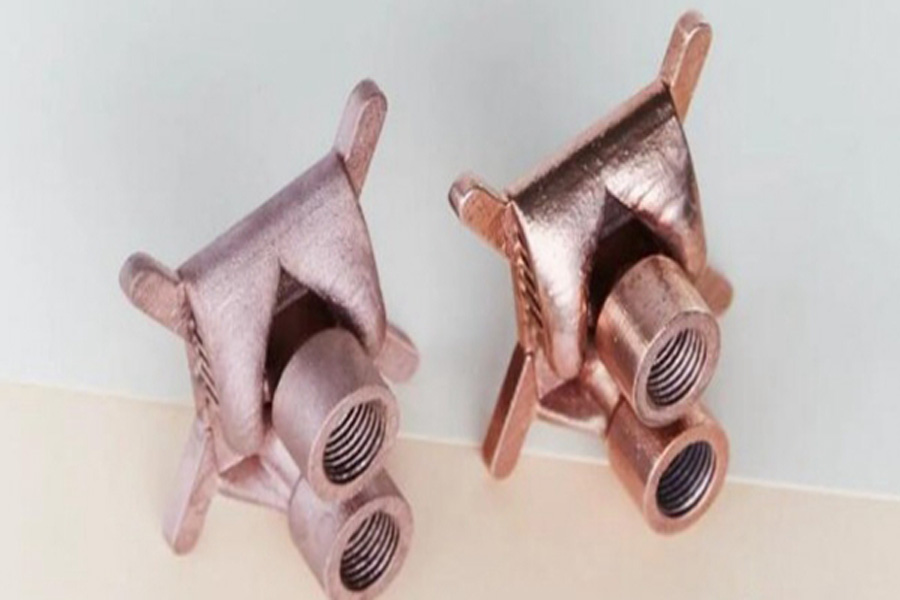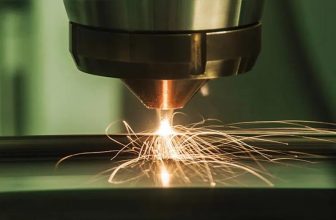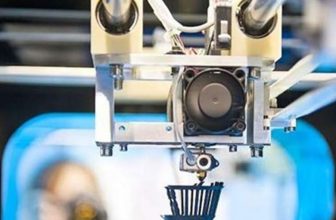
Additive manufacturing provides design freedom that traditional manufacturing techniques cannot provide, but the achievable wall thickness is limited. For cost reasons, typical heat exchangers are made of aluminum. Although copper would be a better choice because of its higher thermal conductivity. In this issue, we will use EOS to experience 3D printing to improve the performance of copper metal heat exchangers.
Smart design imitating nature
In the modern engineering era, people try to learn from nature to solve complex technical challenges. And in this regard, we can find the common ground with the heat exchanger through the best friend of mankind (canine)…
If you have ever played a stick-picking game with a dog, you might be surprised that our friends with four paws have so much stamina and “energy”. More interestingly, the dog’s paw is the only area with sweat holes. It’s like a person running a marathon in a fur coat in the summer! So how does a dog adjust its thermal management? Obviously, it cannot happen only through the very limited surface area of the claw.
The trick is here: most overheating is regulated by breathing. The dog acts as a heat exchanger through its tongue, and the dog’s breathing rate can increase from 30 breaths per minute to 300 breaths per minute. At the same time, the dog’s salivary glands will produce more saliva, which evaporates on the surface of the tongue. During the severe wheezing, the tongue quickly cools down. The dog’s tongue contains an astonishing number of tiny blood vessels, which transport heat from the body to the tongue and regulate the dog’s calorie management.
Using nature’s “smart design”, a small part of the dog’s body weight-the tongue can do incredible things, making it one of the most advanced and efficient “radiators” in the world.
Translating this fact into the technological world of mankind, engineers are inspired by nature. To this day, most of the restrictions are based on manufacturing restrictions because the ideal heat exchanger cannot be manufactured in an ideal way.
Increase the surface area to volume ratio
When the wall thickness separating the two media (such as water and air) is thin enough, the thermal conductivity can be ignored. This means that aluminum heat exchangers with the performance of copper-based heat exchangers can be created. For applications with other properties, such as when corrosion resistance is the most important consideration, titanium or stainless steel can be selected, which has similar performance to copper heat exchangers.
Compared with traditional additive manufacturing, a classic case of EOS can now produce 30-40% thinner water/air-tight wall thickness, thereby significantly increasing the surface area to volume ratio. Simply put, 3D printing allows more heat exchange in a smaller volume, which is very much like the powerful heat dissipation effect of a dog’s tongue.
For heat exchangers, it is important to ensure that the performance meets the requirements and avoid leakage. In the case of EOS, during the parameter development process, EOS uses pressure drop and immersion testing to achieve the thinnest possible wall-while being airtight. According to the understanding of 3D Science Valley, in order to generate a reliable test method, the developer designed a specific test structure consisting of 21 hollow pins with a diameter of 2.5 mm and different wall thicknesses. Since these pressure test pins are designed with a wall thickness of 0.2 mm and are very fragile, a surrounding protective cage was designed to prevent any damage to the pins during test preparation.
Test to verify the feasibility of 3D printing
After the 3D printing work is completed, the test sample is de-powdered, and then separated using a standard band saw. In order to connect the pressure test tube, a standard thread is cut out by machining at the lower part of the sample. The test is carried out using the specified compressed air pressure, and then the sample is immersed in water for a simple leak test. If bubbles appear on the sample, it will clearly indicate that the sample is leaking. The design also allows for easy change of inclination, ensuring that pressure tightness can be proven at any given angle.
In this case, additional and possibly more sensitive tests can be performed through the pressure drop test. Add the calibrated pressure sensor to the test scenario. After pressurizing the probe, use the valve to shut off the compressed air supply. The pressure sensor readings during the beginning of the experiment are recorded and observed during a test period of, for example, 10 minutes. If the pressure drop recorded during the specified test period is less than a certain value, the component can be considered airtight.





